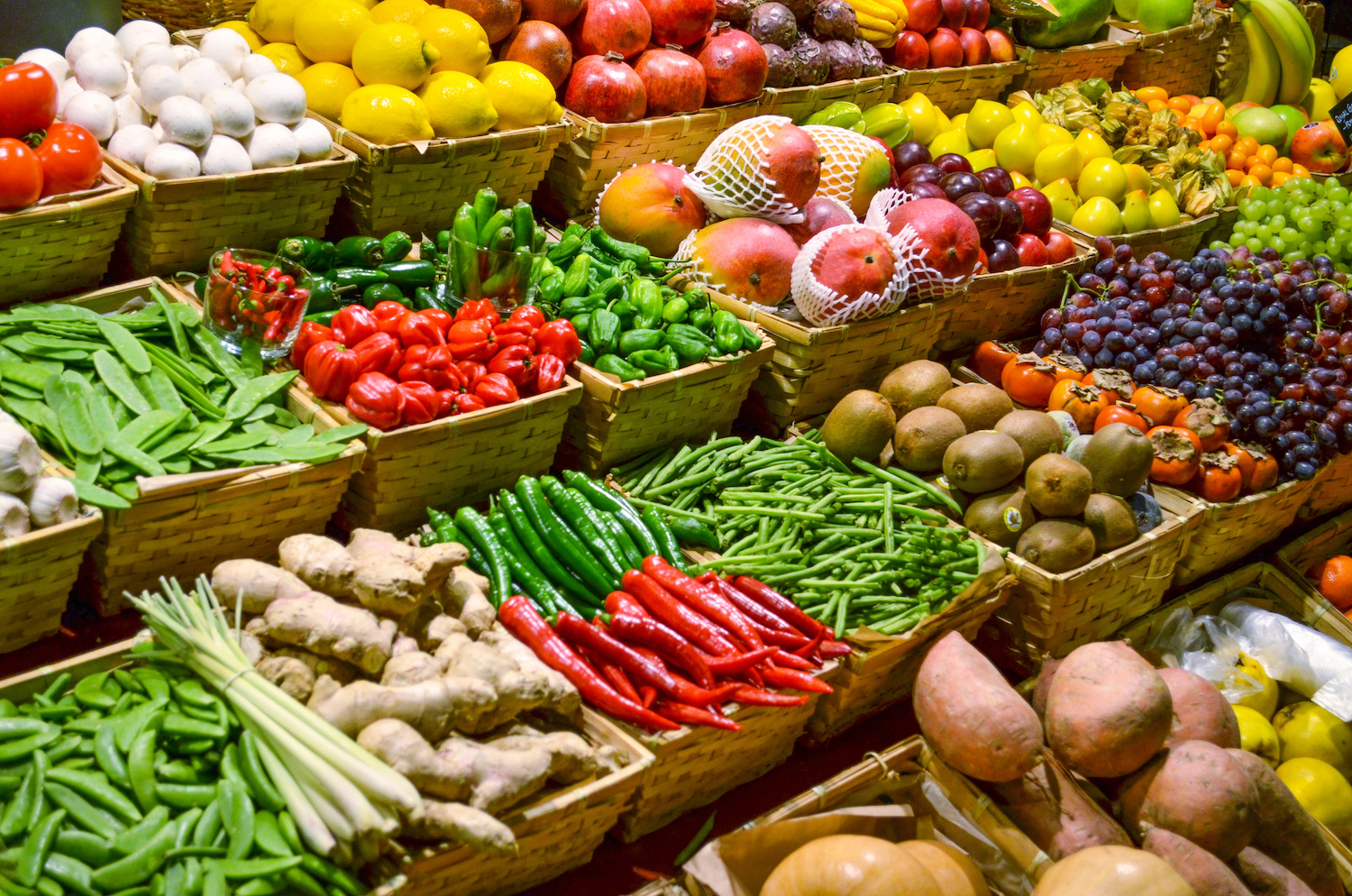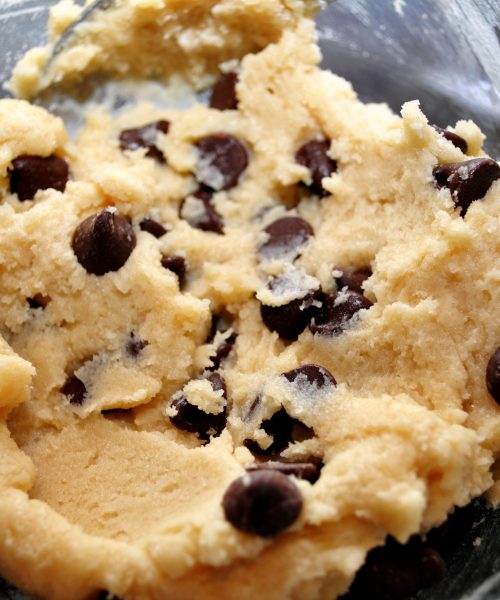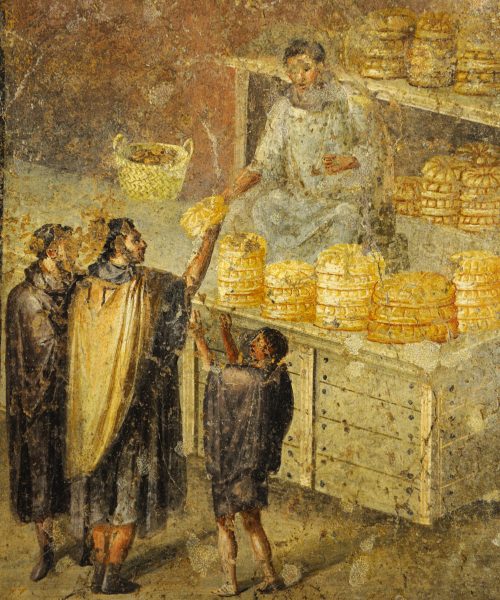You’ve seen and heard the warnings: Ultra-processed foods are bad for your health. A recent review of 45 studies that included almost 10 million people suggests that diets high in ultra-processed foods are linked to more than 30 health conditions.
The reality is most of us eat ultra-processed foods every single day—and many of us aren’t sure what that label really means. Two experts explain the dual role ultra-processing food plays in the modern food system.
What does processed mean?
Before we can eat any food, it must go through some level of “processing.”
“Technically, all the foods we eat are processed,” explained Deborah Griswold, a community educator for Cornell Cooperative Extension in Schenectady County, New York. “Washing, chopping, cooking, grinding, etc., are all processes.”
Processing is necessary for food safety, digestibility, and so food lasts for a period. In 2009, nutrition researcher Carlos Monteiro published a paper that took a deeper look at the NOVA food classification system, which categorizes processing into four groups:
- Fresh or minimally processed foods: fruits, vegetables, grains, milk, meat, eggs.
- Processed culinary ingredients: oils, sugar, salt—basic items used in cooking.
- Processed foods: bread, cheese, sausage, canned vegetables.
- Ultra-processed foods (UPFs): have added ingredients like sugar, salt, trans fats, artificial colors, and industrial ingredients like artificial sweeteners, etc.
Ultra-processed foods are where things get complicated and can take two directions, explained Job Ubbink, a professor and head of the Food Science and Nutrition at the University of Minnesota Twin Cities.
[Related: What was food like before the FDA?]
“One is that these are foods that are made to be really palatable—sugar, salt, and fat make them palatable but they are nutritionally unbalanced because they contain low nutrient density and are high in energy,” he said. “The second angle is that there’s a business model. Ultra-processed foods are usually packaged attractively and branded.”
Why do we eat so much processed foods?
Convenience, taste, and cost. Ultra-processed foods are shelf-stable, super tasty, easy to grab on the go, and cheap. Recent studies show that 60 percent or more of the average American’s calorie consumption comes from ultra-processed foods.
“It’s also culturally determined, and probably related, to some extent, to income and lifestyle,” Ubbink said. “In the U.S., it’s very high. The United Kingdom is very high. If you go to a country like France, Latin America, or Asia, it’s way lower—but increasing.”
Are ultra-processed foods unhealthy?
This is where the biggest debate comes in. Nearly all foods are processed in some way, and it’s necessary that foods are shelf-stable, as fewer people pickle, can, or ferment their own foods.
“Processing is a transformation,” Ubbink explained. “The question is: is the processing something else, like a corporate ingredient that’s appealing, recognizable, and cheap?”
Ultra-processing food is not necessarily a problem, as it can remove bacteria, prolong shelf life, and make food more digestible. Ubbink used the example of lactose-free milk, which is processed so that individuals who are lactose intolerant can consume dairy products.
But when foods are formulated with sugars, refined carbohydrates, saturated fats, trans fats, salt, and other additives, they become nutritionally unbalanced foods. Research suggests that ultra-processed foods and some additives can lead to depression, type 2 diabetes, cancer, and other health conditions.
“Sugars are in the food matrix—fruits have sugars, and they’re not bad for you. It’s the added sugar that we want to limit,” Ubbink said. “Here in the United States, we’re about two-and-a-half times over the added sugar consumption dietitians recommend.”
The occasional frozen pizza or candy bar isn’t the issue—it’s the way these foods are engineered for overconsumption.
“There’s a lot of these foods you can buy in big boxes, and that became an issue with candy bars 20 or 30 years ago when super sizing took off,” he explained. “You have these XL candy bars, and on the label, it says two or four servings. Yet, who is going to stop at half a candy bar?”

How ultra-processed foods fit into daily life
Ultra-processed foods are a reality of modern life, offering convenience and accessibility. Rather than fearing them, experts recommend making informed choices: reading labels and balancing meals.
“Our diet is something that encompasses everything that we eat,” said Griswold.
With knowledge and a balanced approach, ultra-processed foods can fit into a healthy, enjoyable lifestyle.
“You’re not a bad person if you choose microwave pizza one night because you’re too tired to cook,” she said. “Eating ultra-processed foods once, twice, or even three times a week won’t make or break your health. What matters is the overall pattern of your diet—balancing convenience foods with fresh or minimally processed options when possible.”
When reading nutrition labels, she recommended looking for products with less than 20 percent of the daily value for sodium, rinsing canned vegetables before consumption to reduce sodium content, and adding fresh or frozen vegetables to ready-made meals for added nutrition.
In a Q&A article Ubbink contributed to, he suggested creating a shopping list—and sticking to it—and avoiding a trip to the grocery store when hungry to help reduce the temptation to purchase ultra-processed foods with little nutritional value.
“Cultural aspects are very important in maintaining a healthy food culture,” Ubbink said. “A healthy food culture is not only the food itself, but also how and with whom, and in which setting do we eat.”






